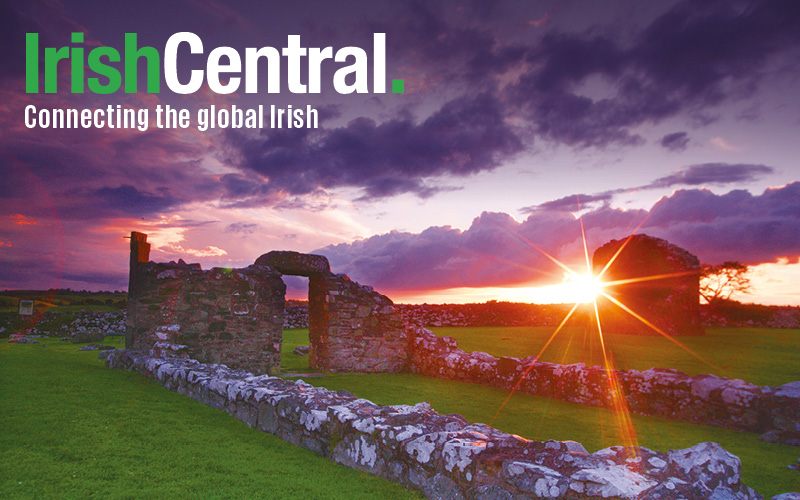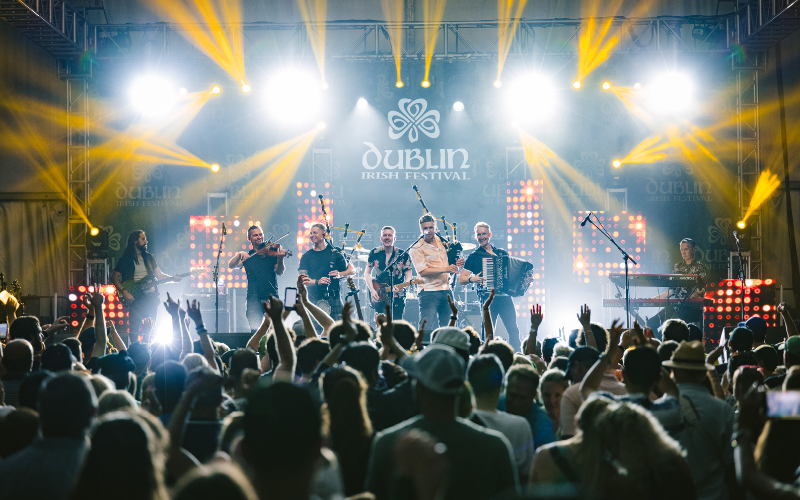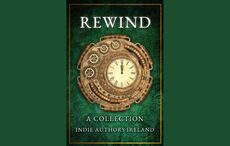The Supreme Court has upheld President Trump's travel ban on several Muslim countries. According to this logic, he'd also have to ban the Irish.
On Tuesday, June 26, the Supreme Court upheld President Trump’s ban on travel from several mostly Muslim countries, rejecting a challenge that it discriminated against Muslims or exceeded Trump's authority.
The 5-4 decision Tuesday is the court’s first substantive ruling on a Trump administration policy but is also a win for one of the President's most racist and discriminatory actions. Why? Well, because if Trump was really to tar all immigrant communities in the US with the same brush because of the actions of a radical few, he would also be targeting the Irish.
Back in June 2016, Donald Trump vowed that if elected president he would enact a ban on immigration from all countries with ties to perpetrators of terrorist attacks against the US or its allies.
In a speech at Saint Anselm College in New Hampshire – his first speech following the horrific massacre at an LGBT club in Orlando, Florida – Trump declared:
“When I am elected, I will suspend immigration from areas of the world when there is a proven history of terrorism against the United States, Europe or our allies, until we understand how to end these threats.
“We cannot continue to allow thousands upon thousands of people to pour into our country, many of whom have the same thought process as this savage killer.”
Later on, after mistakenly reading that the attacker was born in Afghanistan and not Queens (which is also Trump's birthplace) he said, “The bottom line is that the only reason the killer was in America in the first place is because we allowed his family to come here.
“That is a fact and it's a fact we need to talk about.”
The speech was notable for being one of only a handful of public speaking engagements on the campaign trail for which Trump used a teleprompter, and the words are faithful to the transcript his campaign office released, so one can only conclude that Trump meant what he said.
And this presents a number of problems for Trump because it means, according to his own logic, that people from an awful lot of countries, including some of the Unites States’ closest allies, will be blacklisted.
Afghanistan, Pakistan and Syria were among the countries he cited directly, but, following the strategy he presented, President Trump would also have to suspend immigration from Ireland and the UK, two countries whose citizens have carried out acts of terrorism more recently than many people like to remember.
To list only a few of the terror attacks throughout the Troubles and the Peace Process:
- 15 civilians were killed and 17 injured in an Ulster Volunteer Force (UVF) attack on McGurk’s, a Catholic bar in Belfast.
- On June 21, 1972, a day known as Bloody Friday, 9 people were killed and 130 injured as the Provisional IRA detonated 22 bombs throughout Belfast over a span of 75 minutes.
- 33 people were killed and 300 injured in bomb attacks carries out in Dublin and Monaghan on May 17, 1974. The UVF later claimed responsibility.
- 21 civilians were killed in IRA bombings at pubs in Manchester on November 21, 1974
- On August 27, 1979, the IRA coordinated attacks in Down that killed 18 soldiers and a bombing at Mullaghmore Harbour in Co. Sligo, killing Lord Louis Mountbatten, his grandson, his daughter’s mother-in-law, and a local boy who was helping on the boat.
- A car bomb planted by the IRA outside of the Harrods department store in London exploded on December 17, 1983, 37 minutes after a warning had been called in but before the area was fully evacuated. Ninety people were injured and six people killed, including an American, Kenneth Salvesen (28).
- According to the Stalker Report compiled by a senior British policeman numerous "shoot to kill" incidents were caried out by British forces on suspected Republicans.
- Loyalists aided by the RUC according to the Ombudsman report shot dead six Catholics in Loughiniisland, County Down during a World Cup match they had gathered to see.
- A time-delayed bomb planted by the IRA was detonated on October 12, 1984 at the Grand Hotel in Brighton, England, where then-Prime Minister Margaret Thatcher and her cabinet members were staying in advance of a Conservative Party conference the following day. Five people were killed and 31 injured.
- A UVF gun attack on a crowded pub in Co. Down, where people had gathered to watch Ireland play in the 1994 World Cup, killed six civilians and wounded five.
- The Omagh bombing took place on August 15, 1998, when a dissident group called the Real IRA detonated a bomb in the Omagh city center, killing 29 and injuring nearly 300.
- On August 3, 2001, a car bomb planted by the Real IRA detonated in Ealing, West London, injuring seven people.
As recently as May 2016, MI5 raised the level of threat for a potential Northern Ireland related terror attack on British soil by Irish Republican dissidents from “moderate” to “substantial,” the third-highest category out of five. The threat level throughout the UK of an international terror attack is one level higher, at “severe.”
Over these decades, Britain did not enact a ban on the Irish migration to the UK. In fact, from 1951 to 2001 the Irish were the largest foreign-born group in Britain.
How did the US react? President Clinton helped lay the groundwork for the Peace Process by giving the controversial order to grant Gerry Adams, head of Sinn Fein, then the political arm of the IRA, a 48-hour visa to speak in New York.
The following year, Sinn Féin held a fundraising event at the Essex House in New York in March 1995, for which Adams was again permitted to travel to the US. Who was one of the guests of honor at the luncheon?
The real estate mogul was one among a number of celebrities who paid to hear Adams speak, and he even got a special shout-out from the podium, following which the two men shared a moment and a handshake.
Trump? Clasping hands with the representative of a party that had ties to an organization that committed "acts of terrorism?" The man does seem to contradict himself.
But for Trump, that’s not a problem. In his exceptionalist rhetoric, words and ideas are interchangeable to a dangerous degree, such that a Muslim and a radical Islamist are one and the same, the entire Muslim community is tasked with answering for the actions of individuals whose violent actions the majority abhors, “countries with a proven history of terrorism” means almost exclusively the Middle East, and being the child of immigrants is a red flag (except when it comes to Trump himself, of course).
*Originally published in June 2016.




Comments